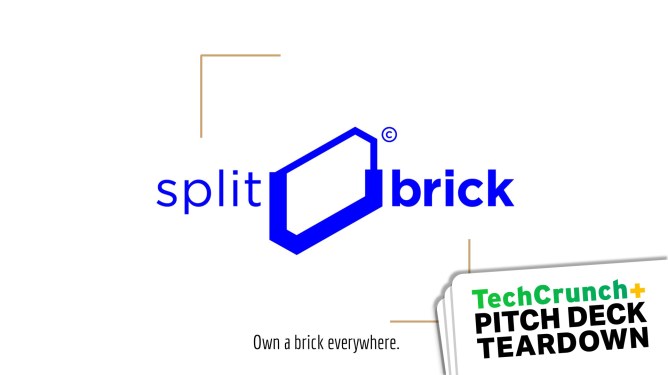On Monday, January 8th, 2025, Nvidia CEO Jensen Huang took center stage at CES 2025 to introduce the company’s latest generation of graphics processors for desktop and laptop gaming systems. The new GeForce RTX 50 series cards are built upon the Blackwell architecture, which powers Nvidia’s AI data center chips, and promise a plethora of improvements for PC gamers and content creators.
Breaking Down the Lineup
The RTX 50 series is divided into two distinct series: desktop and laptop. The lineup includes four models:
- RTX 5070: Starting at $549
- RTX 5070 Ti: Pricing varies depending on manufacturer
- RTX 5080: Pricing varies depending on manufacturer
- RTX 5090: Starting at $1,999
Laptop versions of the chips will cost approximately $1,299 for RTX-equipped laptops and around $2,899 for those running the RTX 5090.
Technical Specifications
The desktop version of the RTX 5090 boasts an impressive 92 billion transistors, utilizing TSMC’s 4-nanometer chip process. This cutting-edge technology enables significant performance enhancements over previous generations.
DLSS 4: A Game-Changer for Gaming Performance
Nvidia’s Deep Learning Super Sampling (DLSS) technology has been a game-changer in the world of gaming. With the introduction of DLSS 4, Nvidia has taken this technology to new heights with Multi Frame Generation. This innovative feature can generate up to three additional frames on top of the original scene, resulting in an astonishing 8x improvement over standard game rendering.
When paired with the RTX 5070, DLSS 4 delivers performance comparable to Nvidia’s previous flagship: the RTX 4090. More impressively, the RTX 5090 is said to be twice as fast as its predecessor when utilizing DLSS 4.
Laptop Performance and Battery Life
Nvidia’s RTX 50 series promises improved battery life in thin and light laptops by up to 40% without compromising performance. This feat is made possible by the efficient design of the new GPUs, allowing for extended gaming sessions on-the-go.
Additional Features and Technologies
In addition to DLSS 4, Nvidia has introduced several other technologies designed to enhance gameplay:
- RTX Neural Faces: Improves game character facial features
- Nvidia ACE (Artificial Intelligence Character Engine): Enables developers to create more realistic AI characters
These advancements have the potential to revolutionize the gaming experience, providing a more immersive and engaging environment for players.
Gaming Revenue and Market Share
Despite its significant contribution to Nvidia’s overall revenue, the company’s gaming division still trails behind its Data Center segment. In Q3 2024, gaming accounted for $3.3 billion of Nvidia’s sales, while Data Center brought in $30.8 billion. However, Nvidia’s gaming revenue outpaces that of rival AMD, which reported $462 million in gaming sales during the same



